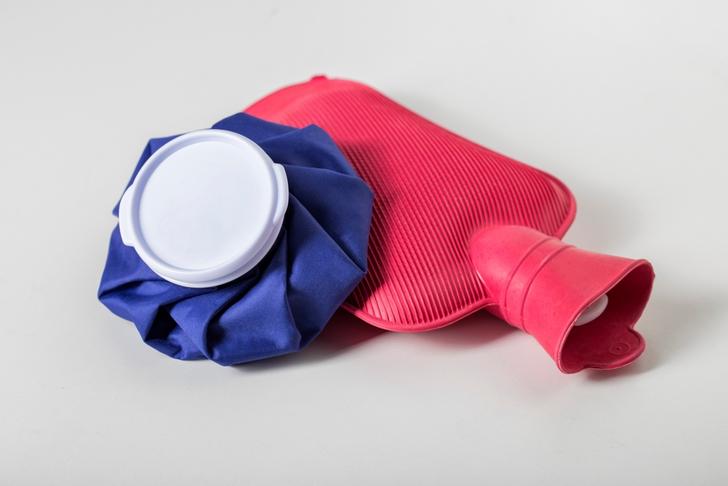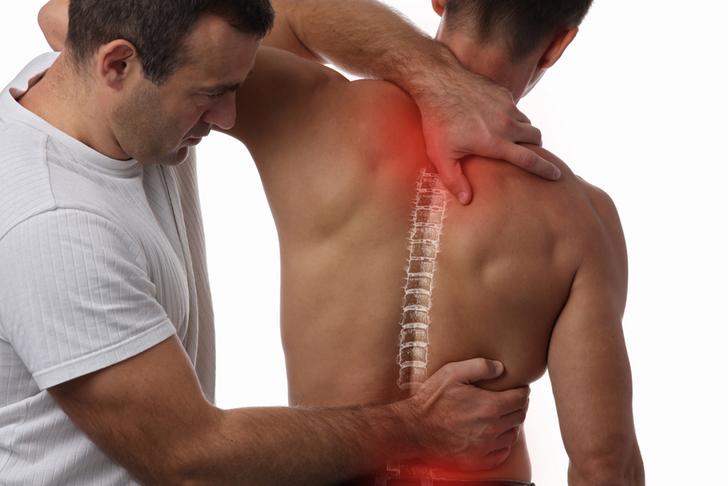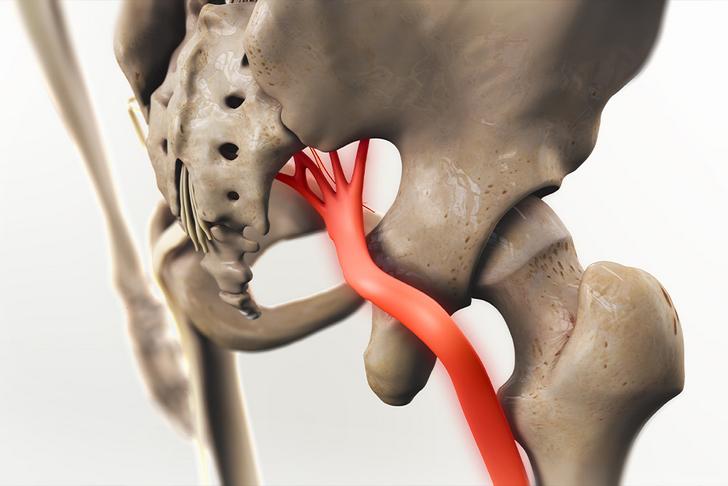10 Ways to Ease Sciatic Pain
Sciatica is a common condition that affects millions of people worldwide. It occurs when the sciatic nerve, which runs from the lower back down the back of each leg, becomes irritated or compressed. This can cause pain, numbness, and weakness in the lower back, buttocks, and legs. Fortunately, there are several ways to ease sciatic pain and improve your quality of life. In this article, we will explore 10 treatments that can help you find relief from sciatic pain.
Gentle Exercise
Engaging in gentle exercise can help alleviate sciatic pain by strengthening the muscles that support your spine and improving your flexibility. Walking, swimming, and yoga are all low-impact activities that can help relieve pressure on the sciatic nerve[[1]].

Advertisement
Stretching
Stretching can help relieve sciatic pain by loosening tight muscles and improving your range of motion. Some effective stretches for sciatica include the seated spinal twist, the pigeon pose, and the hamstring stretch[[3]].

Advertisement
Heat and Cold Therapy
Applying heat or cold to the affected area can help reduce inflammation and alleviate pain. Start by applying a cold pack for 15-20 minutes, followed by a heating pad for another 15-20 minutes. Repeat this process several times a day as needed[[4]].

Advertisement
Over-the-Counter Pain Relievers
Over-the-counter pain relievers, such as ibuprofen and naproxen, can help reduce inflammation and provide temporary relief from sciatic pain. Be sure to follow the recommended dosages and consult your doctor if your pain persists[[1]].

Advertisement
Massage
Massage therapy can help alleviate sciatic pain by relaxing tight muscles and improving blood flow to the affected area. A licensed massage therapist can target specific muscles that may be contributing to your pain[[5]].

Advertisement
Physical Therapy
A physical therapist can develop a personalized treatment plan to help you manage your sciatic pain. This may include exercises to strengthen your core and improve your posture, as well as manual therapy techniques to relieve pressure on the sciatic nerve[[2]].

Advertisement
Acupuncture
Acupuncture is a traditional Chinese medicine technique that involves inserting thin needles into specific points on the body to relieve pain. Some studies have shown that acupuncture can be an effective treatment for sciatic pain[[5]].

Advertisement
Chiropractic Care
Chiropractic care focuses on the alignment of the spine and can help relieve pressure on the sciatic nerve. A chiropractor may use spinal adjustments, manual therapy, and other techniques to help alleviate your pain[[5]].

Advertisement
Anti-Inflammatory Diet
An anti-inflammatory diet, which includes foods like fruits, vegetables, whole grains, and lean proteins, can help reduce inflammation and alleviate sciatic pain. Avoiding processed foods, refined sugars, and unhealthy fats can also help improve your overall health[[4]].

Advertisement
Maintain a Healthy Weight
Carrying excess weight can put additional pressure on your spine and contribute to sciatic pain. Maintaining a healthy weight through a balanced diet and regular exercise can help alleviate pressure on the sciatic nerve and reduce pain[[1]].

Advertisement
Conclusion
In conclusion, managing sciatica pain involves a combination of targeted treatments, lifestyle adjustments, and nutritional modifications. Remember, it is of the utmost importance to consult your healthcare provider before embarking on any new medicines or making drastic changes to your lifestyle. Each individual’s experience with sciatica is unique, so the treatment approaches and management strategies should be personalized.
It is also crucial to differentiate sciatica from other conditions causing lower back and leg pain, such as lumbar spinal stenosis, degenerative disc disease, and piriformis syndrome, each requiring specific treatments. Proper diagnosis by a healthcare professional can lead to a more targeted and effective treatment plan.
Besides medical interventions, lifestyle modifications like maintaining proper posture, taking regular breaks from extended periods of sitting, and performing gentle stretches can significantly contribute to managing and preventing sciatica. Additionally, a diet rich in particular nutrients like magnesium and B vitamins can help in muscle relaxation, nerve health, and pain management. Hydration plays a crucial role in flushing out toxins and reducing inflammation, further alleviating sciatica symptoms.
If symptoms persist despite these measures, it may be necessary to consider advanced options such as nerve blocks, steroid injections, or surgery. Persistent, debilitating pain should never be ignored, and it’s essential to consult your healthcare provider to discuss these options if your pain becomes chronic.
Ultimately, managing sciatica involves a comprehensive approach that addresses lifestyle, diet, and medical interventions when necessary. Collaborating closely with your healthcare provider is vital to developing a tailored treatment plan to improve your quality of life and limit the pain’s interference with your daily activities. Remember, managing sciatica is a journey, but with patience, perseverance, and the right approach, a pain-free life is an achievable goal.

Advertisement





